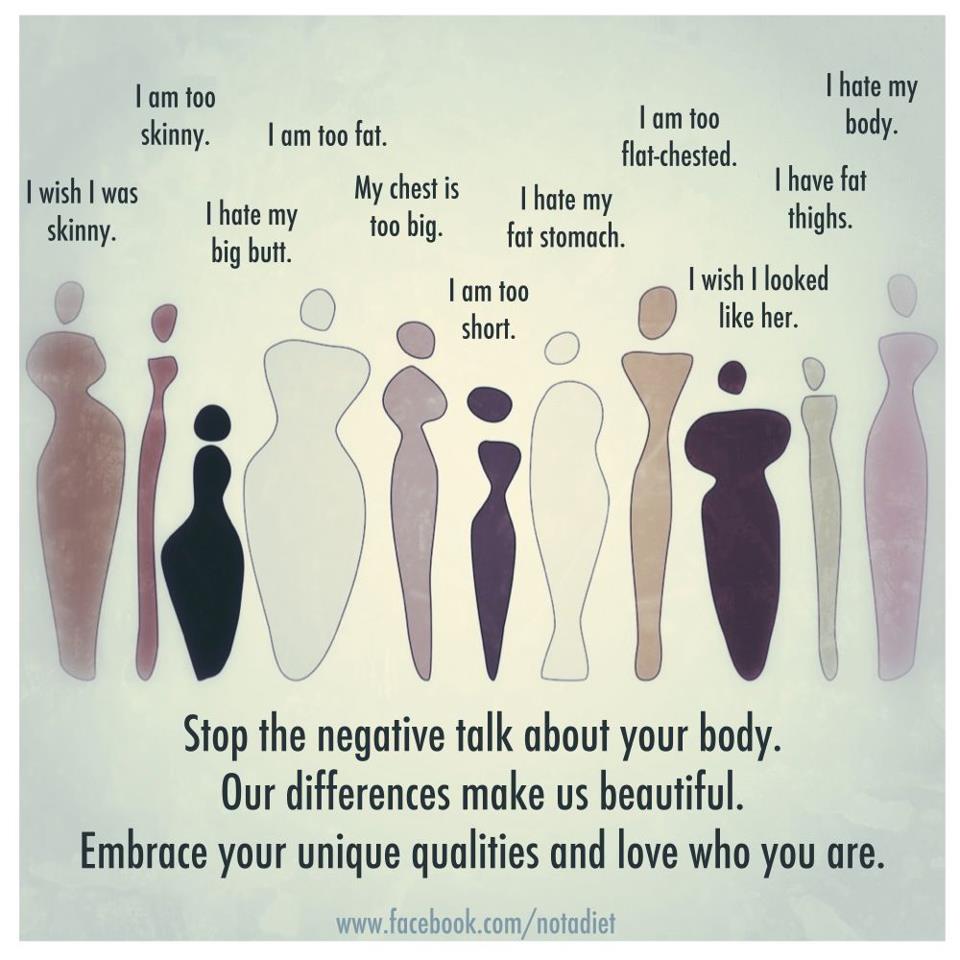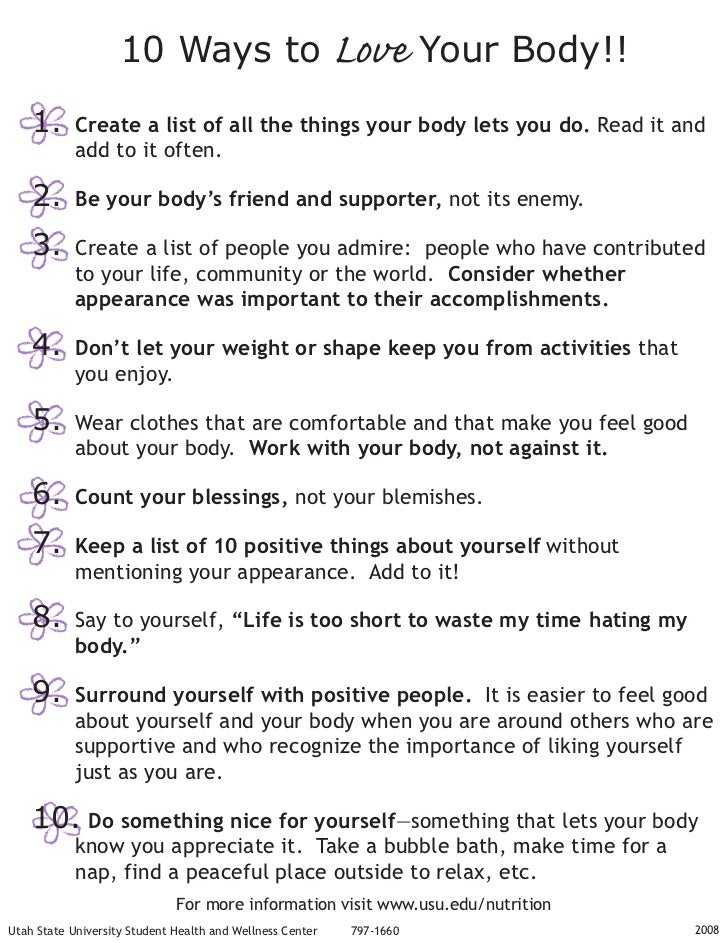Written by: J Shiruti & Yashi Shah
Edited by: Yashi Shah
Body positivity
If the inception of the decade in bodies was distinguished by “size zero”, clavicles wore haughtily by tanned personalities as if Cartier chains and the edge was interpreted by a roaring affirmed yet a shady advocate of “body positivity”, where are we currently on the body objection gamut?
There was Dove, with its soaps competently sold to relieve women of their bodies. Fair n lovely took windfall of women's incapability to ratify their natural tone.
Body-image refers to a person's subjective perception of their own body—which may be different from how their body appears.
Over the decade, one hymn of dominant feminism was to worship your body – through any means essential. Plastic surgery and injectables came to be normalised momentarily with fresh lips as easy to acquire in a lunch hour as a Boots supper contract.
The term "body positive" emerged in 1996 when a psychotherapist and an individual who had been through treatment for an eating disorder founded the website thebodypositive.org. The body positivity movement in its current form began to emerge around 2012, initially focusing on challenging unrealistic feminine beauty standards. As the movement grew in popularity, the original focus on acceptance of weight began to shift toward a message that “all bodies are beautiful.”
So currently what? Suffering here in the definitive posture, underwear-clad before a reflector, squeezing the flanks of our hips with fingers once sickened, where are we? Because while the body positivity campaign honors all bodies that tumble over the cincture of what is presently favourable, it ceases to function to illustrate the rationales why so many people have such bitter and destructive alliances and relationships with their bodies, to proceed with.
Why the need for a concept like ‘body positivity’?
Years of upholding the perfectly high standards of pretentious beauty have left an impact deeper than the roots could go. It starts right when you are young and conditioned to believe that your body has to be a certain way. For girls, it's the concept of ‘fair is beautiful’ and ‘size zero is attractive’, whereas, for boys, it is the concept of ‘bulky muscles and a height 6 feet’. Research shows that a negative body- image could result in depression, eating disorders, low self-esteem, and lack of confidence. Hence, the need for body positivity.
Strong criticism of body positivity is that it can be non-inclusive. Depictions of body positivity messages tend to exclude people of color as well as those who are disabled, LGBTQ, and genderqueer.
The justifications of so many people dislike their bodies go deeper than a Dove ad can understand, and although they are good intentions, they may not be correct, awful, wretched, and founded in decades of well-funded sexism, but they are practical, and they were instructed to us youthful.
The effect, then, was a notion of withdrawal, and a doubling of sorrow. Sorrow both for tenancy in a body that doesn’t fit and for needing to alter it.
REFERENCE:







0 Comments